As you may have heard, we have a new limited edition product coming out soon!
If you want to be the first to know when we release it, sign up here.
Earlier this week we highlighted one of the ingredients in the formula — sage essential oil, and now we're turning the spotlight to another essential oil we included in the recipe — lavender.
We wanted to give you some expert info on why lavender essential oil is so amazing for your skin, so we turned to our friend Andrea Butje.
Andrea Butje is an internationally recognized aromatherapist who is changing the educational paradigm through her inspired approach to teaching and creating community at Aromahead Institute. Aromahead is known as one of the most innovative online schools in the country. The Institute’s elegant and intuitive classroom design make navigating its expansive digital learning environment a uniquely user-friendly experience.
Andrea is known for her free innovative blending videos on YouTube where she teaches you how to make natural products, and she also hosts free webinars for people who are interested in learning more about aromatherapy.
Keep reading to hear why Andrea recommends that you use lavender essential oil in your skin care, no matter what your skin type is.
Why You Should Be Using Lavender Essential Oil on Your Skin
You can trust lavender essential oil with virtually anything skin related.
It’s nourishing to all skin types, is soothing and promotes healthy skin.
Convinced yet?
One of the main components of lavender is called “linalol.” Linalol is a natural chemical component and oils that are rich in linalol are soothing. Linalol-rich essential oils are good in a “crisis,” but are also perfect for day-to-day skin care. A great deal of research has been done on linalol’s ability to help revive, calm, ease, and even to relax. (That’s why lavender can help you have more restful sleep.)
I often look carefully at essential oils’ GC/MS reports, which offer a breakdown of every component in an essential oil. Basically, a GC/MS report tells us exactly what is present in an essential oil.
If I see a high percentage of linalol on an essential oil’s GC/MS report, I know that oil is likely to be excellent for skin, even if that oil is completely new to me.
If you like lavender essential oil, I highly recommend using it in your skin care. Try making a small 1 oz (30 ml) bottle of body oil to see how your skin likes it. Jojoba is a popular carrier because it’s gentle to many skin types, and it doesn’t have a strong scent, allowing the lavender’s aroma to shine through.
There are also many less common carrier oils with amazing skin nourishing properties. Depending on the effects you’re looking to give to your skin, you can blend 10-12 drops of lavender into 1 oz (30 ml) of one of the following:
- Argan oil (Argania spinosa) – Reduces the appearance of fine lines and wrinkles
- Avocado oil (Persea gratissima) – Increases hydration, tightens and firms
- Baobab oil (Adansonia digitata) – Revives your look
- Coconut oil (Cocos nucifera) – Soothes dry skin, without clogging pores
- Marula oil (Sclerocarya birrea) – Promotes good looking skin, reduces the appearance of dullness
- Trauma Oil – A blend of arnica, St. John’s wort, and calendula infused into a carrier oil (like olive oil).
Each of these carriers has more therapeutic properties than I was able to list here, so I only highlighted a few. For example, they all soothe, moisturize, and are great for sensitive skin.
A lavender essential oil blended with one of these carrier oils would be excellent before bed because of lavender’s famous relaxing abilities.
If you’re looking for a body oil to use during the day that will help you feel energized, you can make your blend with spike lavender essential oil (Lavandula latifolia) instead of true lavender (Lavandula angustifolia).
These two lavenders have a lot in common and both are wonderful for skin, but they have some pronounced differences.
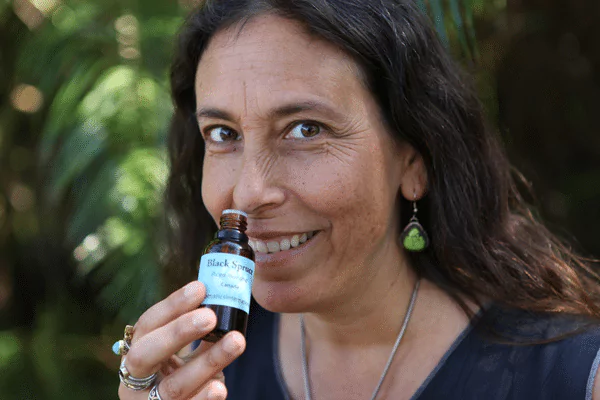
I’ll be talking about the chemistry of essential oils, in particular lavender and spike lavender, in my upcoming free webinar, “How to Become a Certified Aromatherapist.” If you’d like to learn exactly why the two lavenders have different effects, and how understanding the chemistry of essential oils can enhance your blending, I invite you to come to the webinar! It’s completely free, and I will answer all your questions about Aromatherapy Certification.
We’re offering the free webinar at different times so everyone has a chance to attend. Click here to choose a time that works for you and join us! (Register soon, because space is limited and we always fill up fast!)
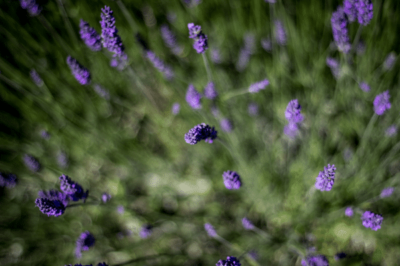

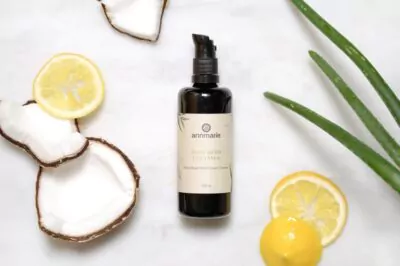

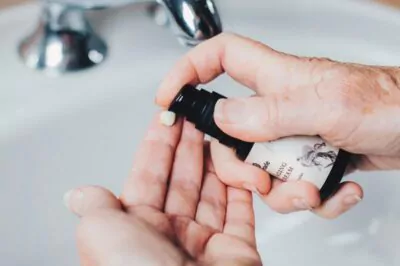

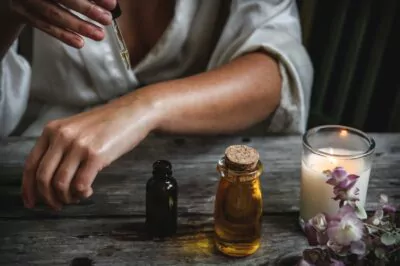
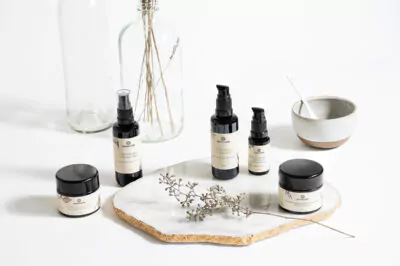
I enjoyed your site which I found after searching for the different ways of making coconut oils. I just returned recently from a trip to Palau where I’m from and I went specifically for our coconut oils. They’re much better than what I’ve found here in CA & I use them now as a carrier for my YL EO’s. Thanks for the process lesson!
Thanks for a very informative post. I love lavender oil and use it quite a bit. However, since it promotes relaxation I tend to avoid it during the day. I’m happy to hear about the spike lavender oil. I dislike anything that has an artificial lavender fragrance…it is way too sweet and cloying for me. But a true lavender essential oil (or an actual lavender plant) smells amazing to me!
I’m so enjoying your blog over the last few weeks. Thank you for sharing so much great information on skin care made with natural ingredients. I love your products…the smell makes me happy every morning and evening. I had a chance to come to your office to buy a few things last month and everyone was lovely in person as well. Keep up the great work!